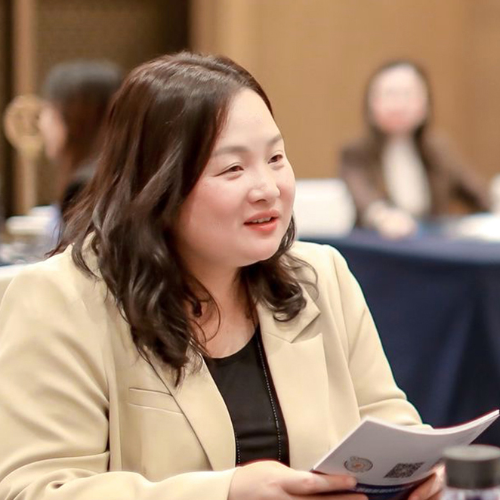5. Enjoy Phnom Penh nightlife
By night, Phnom Penh takes on another aura. The riverfront’s rooftop bars buzz with the clinking of glasses as sunset-seekers settle down, cocktails in hand, to watch the glowing red ball settle on the Mekong River. The legendary Foreign Correspondents’ Club remains a popular choice, where under the hum of the ceiling fans, a cold beer and the nightly sunset keep everyone happy.
How to get to Phnom Penh's nightlife spots
Most popular bars and clubs cluster around the riverfront and BKK1 area, easily reached by short tuk-tuk rides. For safety, use ride-hailing apps after dark or arrange return transport with your hotel. Some upscale venues offer free shuttle services.
When to visit Phnom Penh's nightlife venues
Rooftop bars are best enjoyed at sunset (5:30-7pm) for spectacular Mekong views. Happy hours typically run 4-7pm with significant discounts. The club scene kicks off around 10pm and continues until 2-3am, with weekends naturally being more vibrant.
6. Commendable Cambodian cuisine
Along with shopping, the capital is the best place in Cambodia for food, too—both international and Khmer, which is slowly developing its own identity with dishes like amok (coconut fish steamed in banana leaves), sticky rice with mango, and Kampot pepper crab. These delectable culinary delights are among the top things to do in Phnom Penh.
Along with Siem Reap, Phnom Penh is also pioneering the concept of ethical eating with an ever-increasing number of restaurants and cafes training formerly disadvantaged people in all things culinary. This concept is at the heart of the Friends International brand, with places such as Friends the Restaurant, Romdeng, and Le Café Mith Samlanh. Other recommendations include Cafe Yejj near the Russian Market and Sugar 'n Spice Café at Daughters. For more advice on what to eat, see our Cambodia travel tips.
How to get to Phnom Penh's best restaurants
Ethical restaurants like Friends are concentrated in the central district, easily reached by tuk-tuk or short walks from major hotels. Food tours offer guided culinary experiences with transportation included. Some higher-end establishments provide reservation-based shuttle services.
When to visit Phnom Penh's restaurants
Lunch (11:30am-1pm) offers the best value with special set menus at many establishments. Dinner reservations are recommended for popular ethical restaurants, especially during high season. Street food is most vibrant and fresh between 5 and 7 pm along the riverfront.

















